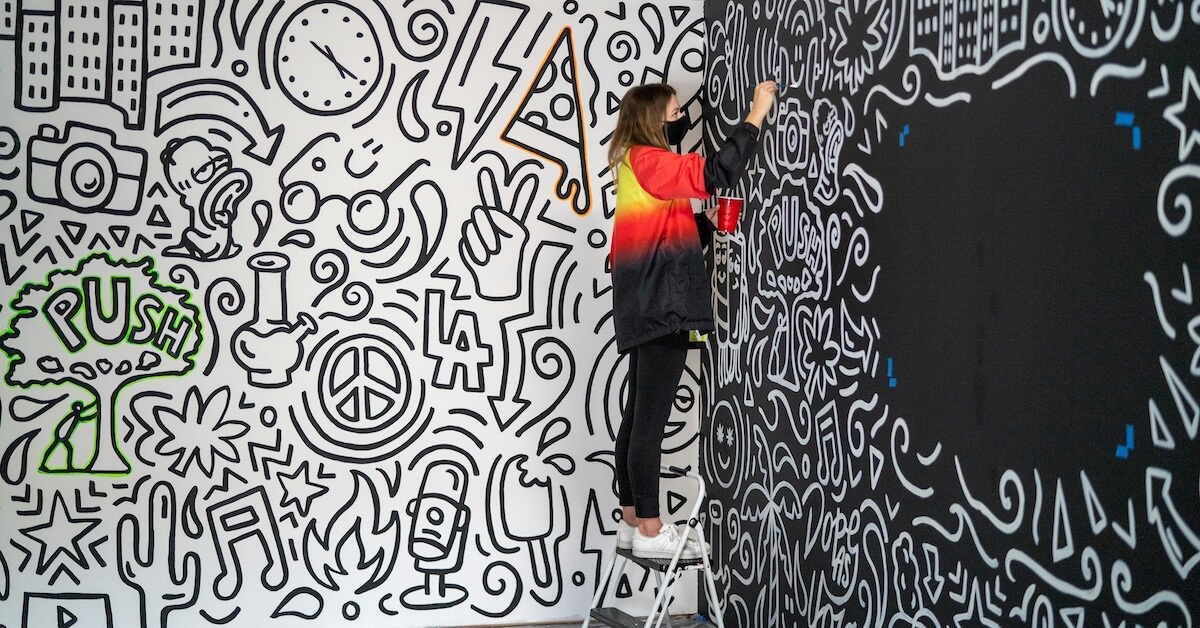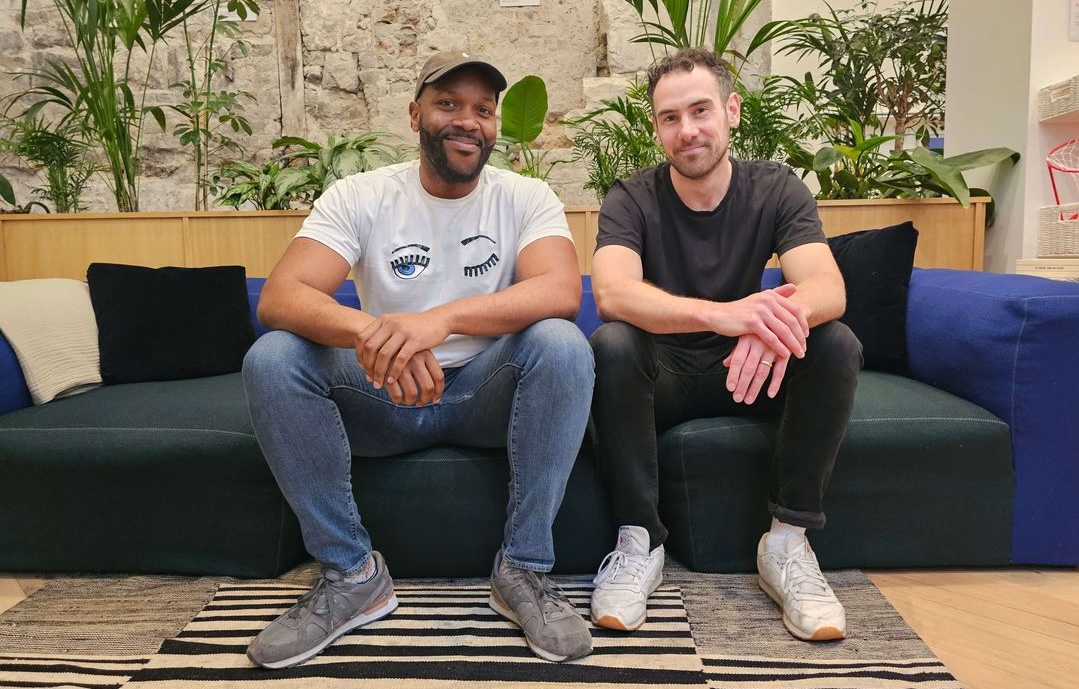ImpactAlpha, May 22 — Improving emergency medical care in frontline clinics in sub-Saharan Africa has not typically been the kind of challenge that attracts major investors from Silicon Valley, Wall Street, London and Singapore, who are used to chasing tech unicorns.
When the solution integrates a fleet of autonomous drones, sophisticated cold-chain management and software-driven automation, they get more interested. For California-based Zipline, delivering blood, vaccines and medications to clinics and hospitals in rural Rwanda and Ghana is a proving ground for something much bigger.
Zipline last month raised $120 million from a roster of investors that includes TPG Growth’s Rise Fund, investment firm Baillie Gifford, Temasek, Goldman Sachs, and Toyota Tsusho Corporation. That comes on top of a $70 million raise last year and brings Zipline’s total fundraising to $225 million. The company joined the ranks of the unicorns with the latest round, which values the company at $1.2 billion.
The financing sets up Zipline to roll out its high-tech healthcare logistics network around the world, including the U.S. Zipline is partnering with the state of North Carolina to launch a pilot of its drone-based medical-supply delivery this fall. The company says its goal is to serve 700 million people in Africa, Asia and the Americas within five years.
“There is no other national-scale drone delivery service in the world,” Zipline spokesman Justin Hamilton told ImpactAlpha. “If this is what you want to do and you’re looking to work with someone who has done it, we’re it.”
High-tech skepticism
Zipline is clearly not a typical social enterprise working to improve health systems in under-resourced settings. But neither is it a tech venture targeting the first-world problems of coastal elites.
“There is a growing feeling around the world that technology is not benefitting the vast majority of people,” Zipline’s CEO Keller Rinaudo said in statement. “Zipline wants to establish a new model for success in Silicon Valley by showing the world that the right technology company with the right mission and the best team can help improve the lives of every person on the planet.”
Zipline’s complex distribution technology has not always been enthusiastically welcomed in countries that lack much more basic services, like electricity, medical supplies and ambulances. After working closely with the government of Rwanda for years, the company faced political pushback in securing a deal to launch in Ghana. Critics questioned whether the service Zipline offered couldn’t be better served by investing in more basic medical equipment.
The Ghanian government eventually approved a contract to pay Zipline $12.5 million over four years to deliver medical supplies across the country. The government also approved funding for new ambulances, Hamilton says. “People have tried to frame it as either/or. It’s not,” he adds.
The resistance Zipline encountered in Ghana, however, isn’t new for emerging, high-tech solutions that are trying to address basic needs. Other so-called leapfrog technologies that effectively eliminate the need for traditional infrastructure faced significant push-back early on.
Take off-grid solar. Innovation around products and business models has enabled more than 360 million people to access electricity in the past 10 years. But early off-grid solar products and systems were dismissed as expensive, poor quality, difficult to distribute and of dubious impact. Only in recent years have low-penetration countries like Tanzania and Togo embraced alternatives to the standard electricity grid. Now, the off-grid sector is touted as an $8 billion market with potential to impact 740 million people by 2022.
In Zipline’s case, small government contracts won’t be enough to recoup the huge investment. Global investors and philanthropic backers are effectively fronting capital to cover emergency care for rural Africans in the expectation that a huge market opportunity is emerging.
“Zipline is not just a drone company, but rather a transformative technology business using next-generation logistical solutions to provide lifesaving services,” said The Rise Fund’s Mike Stone.
Delivery efficiency
Zipline launched its service in Rwanda in 2016 with a mission of improving the medical supply chain in a region beset with healthcare challenges. Many rural patients lack access to tertiary facilities. Poor-quality roads make transportation slow. Unreliable energy supplies and cold chain facilities lead to the spoilage of blood and vaccine supplies. Blood, in particular, has a short shelf life.
Rinaudo, along with co-founders William Hetzler and Keenan Wyrobek, thought drone-based delivery could address the waste of medical supplies and difficult-to-predict blood-supply needs. Demand for blood, for example, is difficult to predict because it is most commonly needed for emergencies. Zipline persuaded the Rwandan government to let the company house perishable supplies and other specialized products in centralized distribution centers. Zipline promised to then accept and fill orders, and send drones to airdrop supplies to health facilities in an average of 30 minutes.
Zipline’s drones are small but fast. They can carry only about four pounds of cargo, but can fly nearly 70 miles per hour, which covers a lot of territory in a small country like Rwanda. Zipline says it has made more than 13,000 deliveries in Rwanda and handles more than 65% of the country’s blood supply outside of Kigali. It claims to have cut medical supply waste in the areas it serves by 95%. In December, Zipline expanded its partnership with the Rwandan government to include delivery of 170 additional products, including vaccines.
In Ghana, Zipline won approval in December to launch four distribution centers in the country, its first new market. Under its contract, Zipline will deliver nearly 150 different medical products and supplies to 2,000 health facilities, which collectively serve 12 million people. The company is obligated to make 600 on-demand flights from the four centers per day.
The company is using its national level partnerships to drive its costs down. With the new distribution centers, Zipline will soon reach 22 million people by servicing 2,500 healthcare facilities. Hamilton says this scale has enabled the company to match the current cost of delivery, and that Zipline expects those costs to continue to go down as the company scales.
In contrast, most other health-related drone-delivery initiatives are in exploratory or pilot phases. A UNICEF-led project in Vanuatu is delivering temperature-sensitive vaccines. Another effort is seeking to deliver HIV/AIDS supplies in Malawi, Devex reports. Such early-stage initiatives have not yet demonstrated they are price-competitive nor ready to scale.
Zipline’s approach, in contrast, has attracted heavyweight investors like Sequoia Capital, Andreessen Horowitz, Yahoo founder Jerry Yang and the Stanford University. The company says its engineering and operations talent comes from companies like SpaceX, Tesla, Google and Boeing.
“Wherever you go in the world, the farther outside of a major city you go, the more difficult it is to get medical supplies and care,” says Zipline’s Hamilton. “Having emergency on-demand access is part of the need. So is removing waste from the system. This is not a problem we can solve by ourselves.”











